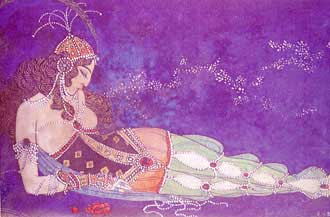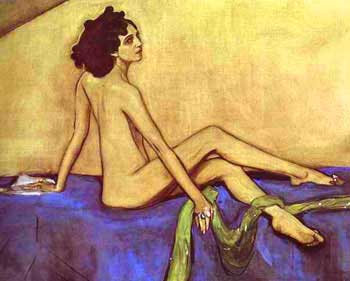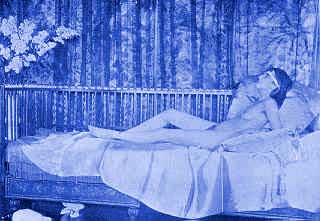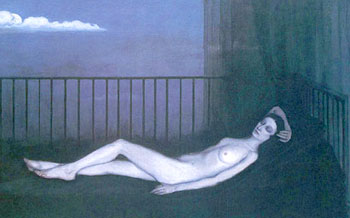| High Society Model and WWI Nurse 1914-1920 |
|
Hers was the gift of driving (Baskt's) imagination
to exasperation. She held for him the all-powerful attraction of the
strange, of the unreal, of the supernatural. His muse, perhaps that
is not the right term, his friendly demon. -- André
Levinson, Russian critic
|
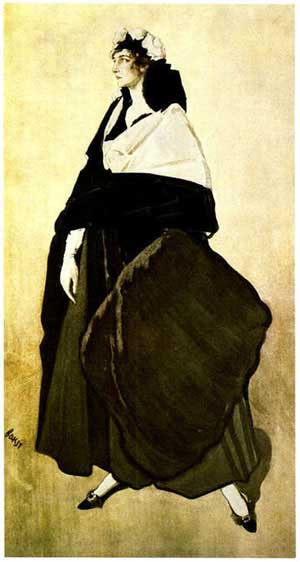 Portrait by Léon Baskt russianavantgard.com Léon Baskt produced literally hundreds of images of his patron and friend, this Ashkinazi beauty whom he referred to as la belleza in letters to de Montesquiou. |
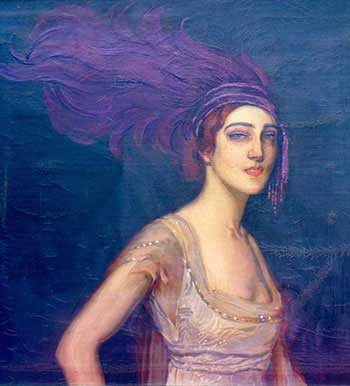 Detail
of Portrait by Antonio de la Gandara 1913
Detail
of Portrait by Antonio de la Gandara 1913(Commissioned by Count Robert de Montesquiou) JSS Virtual Gallery
|
|
| 1914-1920;
World War One delivers a mortal blow to the aristocratic society of her
birth, and changes European culture forever. Ida Rubinstein turns the
Carlton Hotel into a hospital for
wounded Allied troops, and takes her new responsibilites very seriously.She
helps Bernhardt through a serious health crisis, and studies acting with
her. She raises money for charity by public performances of de Montesquiou's strident wartime poetry from Offrandes blessees, and one performance of Act IV of Racine's Phedre at the Paris Opera in 1917. During her first decade as a resident of Paris she is also a model for several high-society artists -- including photographer Auguste Bert, Leon Baskt, Romaine Brooks, Antonio de la Gandara, and Valentin Serov. Ida's cousin/husband demands a divorce in 1917, after hearing about her affairs with Romaine Brooks and Walter Guinness. A private detective fails to find any legal evidence, and Vladmir Horwitz leaves Paris. Ida will remain alienated from her family. |
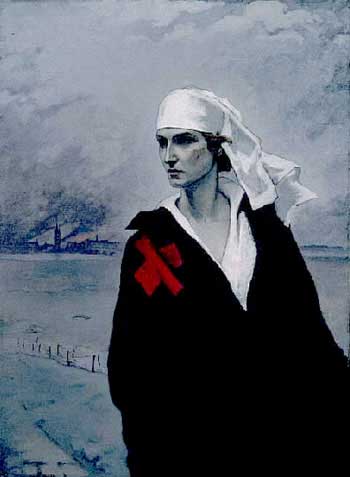 La France Croisée (Red Cross) by Romaine Brooks 1914
|
 Portrait of Ida Rubinstein by Romaine Brooks 1918
|
